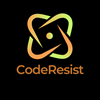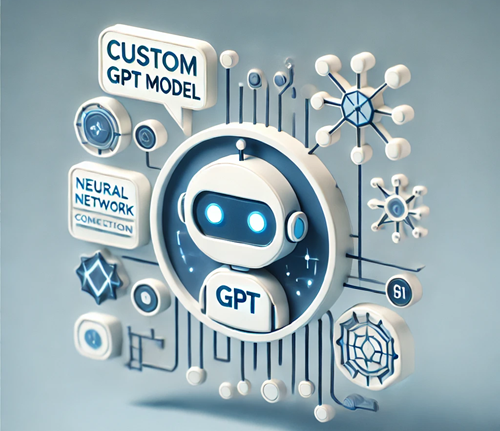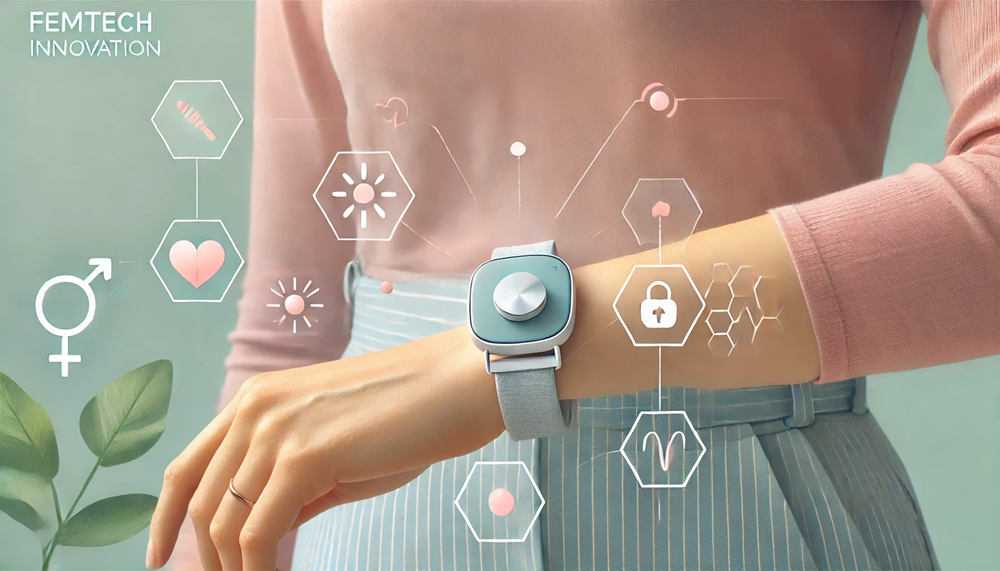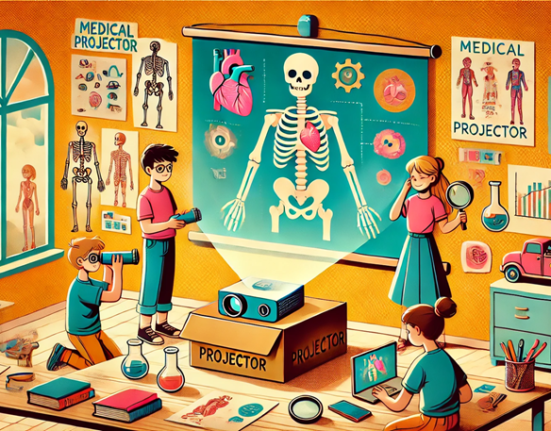The femtech industry is making remarkable strides in addressing women’s health issues, and a new wearable device targeting perimenopause management is the latest example. Designed to provide real-time insights and alleviate symptoms, this innovative wearable marks a significant advancement in empowering women during a crucial phase of their lives.
What Is Perimenopause and Why Is It Important?
Perimenopause, the transitional phase before menopause, typically occurs in women aged 40–55. It is characterized by hormonal fluctuations that cause a variety of symptoms, including hot flashes, sleep disturbances, mood swings, and fatigue. Despite affecting millions worldwide, perimenopause has historically been underrepresented in medical research and innovation.
The Challenges Women Face During Perimenopause:
- Difficulty tracking symptoms and identifying triggers.
- Limited access to tailored healthcare solutions.
- A lack of awareness and stigma surrounding the topic.
The New Wearable: A Game-Changer for Perimenopause Management
This groundbreaking wearable is specifically designed to address the challenges of perimenopause. By leveraging advanced technology, it empowers women to take control of their health with real-time data and personalized recommendations.
Key Features:
- Symptom Tracking: Monitors hot flashes, heart rate, sleep patterns, and mood changes.
- Real-Time Alerts: Notifies users of impending hot flashes or other symptoms.
- Personalized Insights: Offers tailored advice based on data trends to help manage symptoms.
- User-Friendly App: Syncs with a mobile app to provide comprehensive health reports and actionable tips.
How It Works:
The wearable uses non-invasive sensors to monitor physiological changes. For example:
- Skin Temperature Sensors detect hot flashes.
- Heart Rate Monitors gauge stress levels and emotional responses.
- Sleep Trackers analyze disturbances and recommend strategies for better rest.
Why This Wearable Matters
Empowering Women Through Technology
By providing real-time insights, the wearable helps women understand their bodies better and take proactive steps to manage symptoms.
Bridging the Healthcare Gap
This device addresses a critical need in women’s health, offering a solution tailored specifically for perimenopause—an area often overlooked by traditional healthcare providers.
Raising Awareness
The wearable not only helps users but also contributes to breaking the stigma around discussing and addressing perimenopause.
The Role of Femtech in Women’s Health
Femtech, short for female technology, refers to products, services, and software that focus on women’s health and well-being. The industry has been growing rapidly, with a projected market value of over $50 billion by 2025.
Notable Innovations in Femtech:
- Menstrual Health Apps: Tools for tracking cycles and managing symptoms.
- Fertility Devices: Wearables that monitor ovulation and reproductive health.
- Postpartum Care Solutions: Products addressing physical recovery and mental health after childbirth.
The new perimenopause-focused wearable is a testament to the industry’s commitment to tackling overlooked aspects of women’s health.
Challenges and Future Developments
While this wearable is a step in the right direction, there are challenges to overcome.
Challenges:
- Accessibility: The device may be costly, limiting access for some women.
- Data Privacy: Ensuring secure storage and use of sensitive health information.
Future Innovations:
- AI Integration: Using artificial intelligence to provide more accurate predictions and recommendations.
- Broader Health Tracking: Expanding features to monitor bone density, hormone levels, and cardiovascular health.
The new wearable targeting perimenopause management represents a milestone in femtech innovation. By addressing the unique needs of women during a pivotal phase of life, this device empowers users with the tools to better understand and manage their health. As femtech continues to grow, innovations like this pave the way for a more inclusive and proactive approach to women’s well-being.










